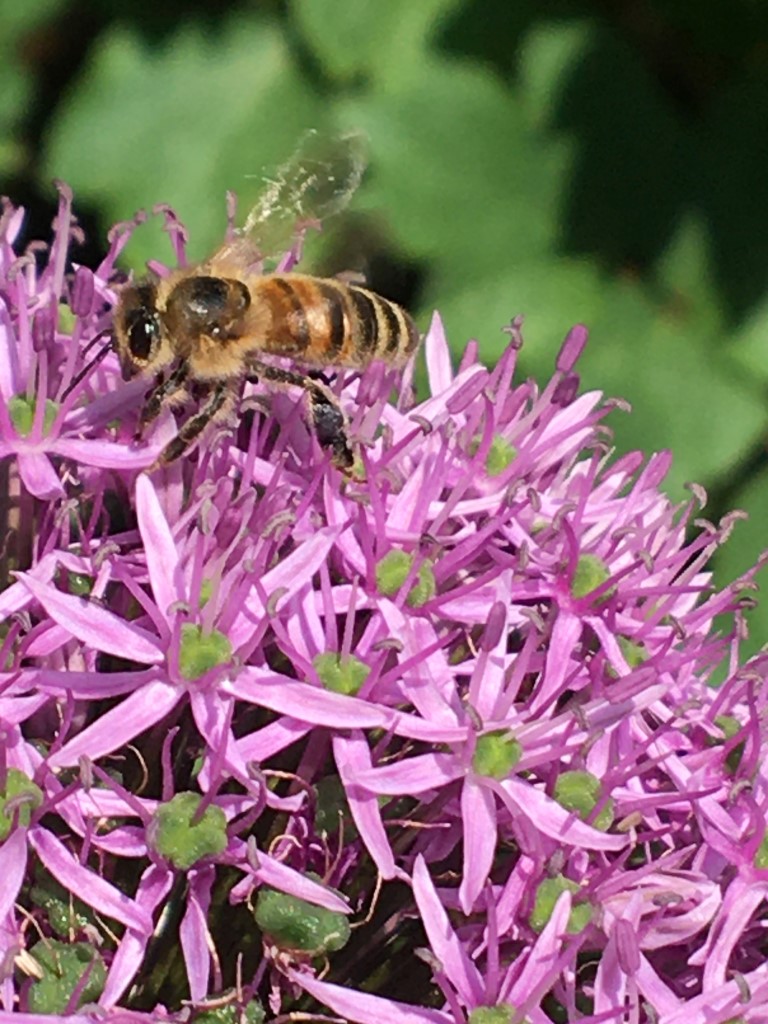R e s p e c t o f n a t u r e

Biodiversity
R e s t o r i n g b i o d i v e r s i t y
The use of monoculture such as wine plants weaken biodiversity. For that reason, the Chateau de Viviers seeks to restore biodiversity by planting trees, limiting ground work in order to provide the best environment for the natural development of biodiversity.
As soon as the plots were taken over by Château de Viviers, their exploitation has always been accompanied by a firm intention to implement the most agro-ecological practices possible. The conversion to Organic Agriculture began in January 2020 and it was immediately completed with biodynamic practices.
To protect the vine and help it in its development, the biodynamic preparations (500P and 501) are sprayed manually at the start of the season and during the fall. These pulverizations are supplemented with contributions of plant extracts (fermented extracts of nettle and Comfrey, decoction of field horsetail). These practices allow us to best reduce the use of phytosanitary products (only copper and sulfur) while ensuring high quality production. The doses are thus reasoned according to the pressure of the diseases. To further reduce the doses, we use, in addition to copper and sulfur, bio-control products that use natural mechanisms and interactions.
Biodiversity is respected and preserved at best. Thus, plant covers (mixture of several species) are set up between the rows of vines, as well as hedges along the plots. Nesting boxes are also installed to welcome the birds.Biodiversity is respected and preserved as much as possible. Thus, plant cover (a mixture of several species) is set up between the rows of vines, as well as hedges along the plots. Nesting boxes are also installed to welcome birds.
As the vine is a liana, its vegetation develops each year; pruning is therefore one of the most important tasks in the management of the vineyard. At Château de Viviers, pruning is done on average with 6-7 eyes per vine shoot in order to control the vigour of the vine. It is carried out as late as possible. In this way, the team delays the budburst of the vine in the spring to fight against spring frosts.
Since the 2019-2020 season, the vines are gradually being pruned using the Guyot-Poussard method, which is increasingly used because it respects the flow of sap. Indeed, pruning generates wounds and, by drying out, these will encourage the formation of drying cones inside the vine and thus limit the passage of sap.
Agro-ecology
a g r o e c o l o g i c a l p r a c t i c e s
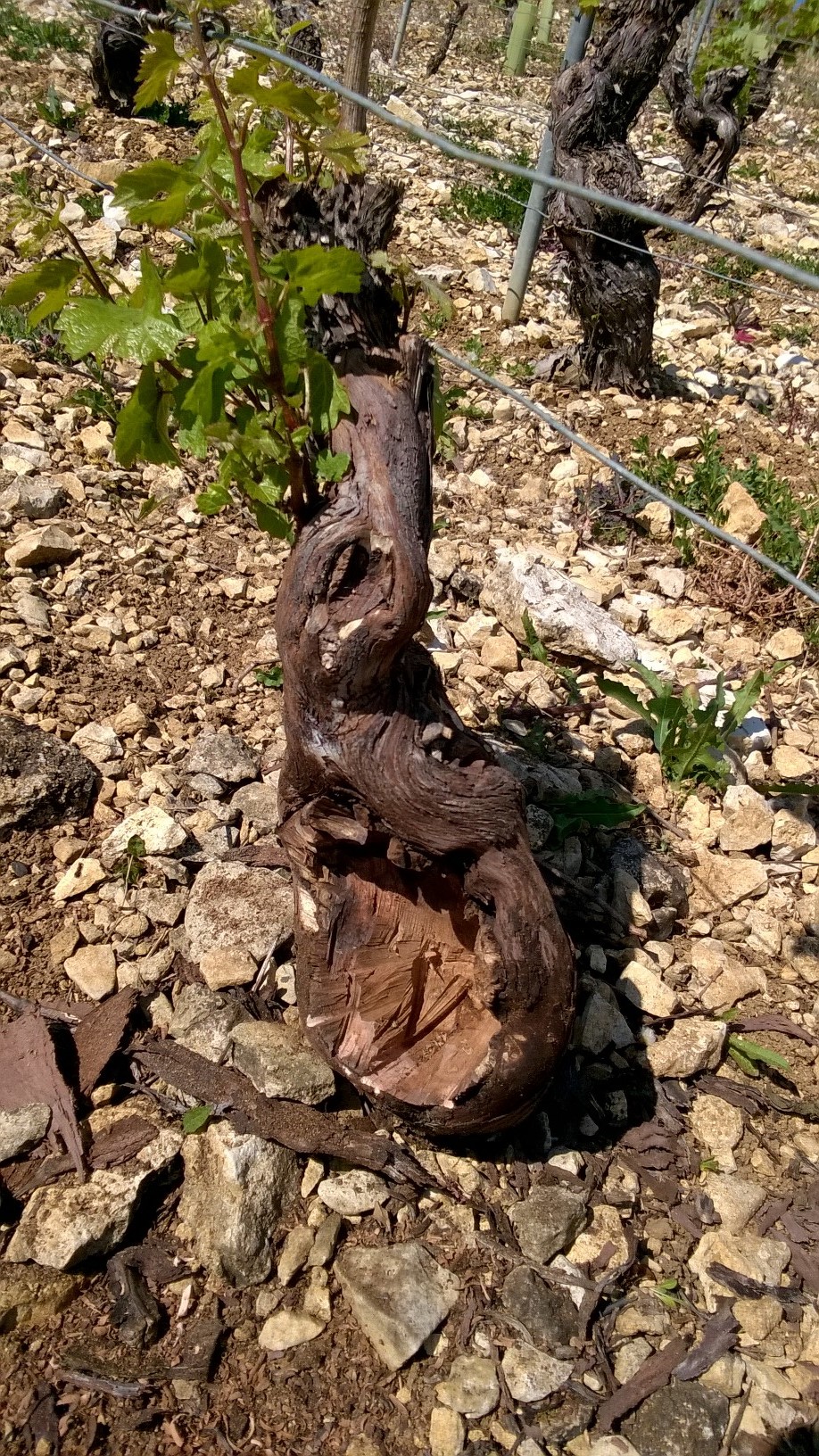

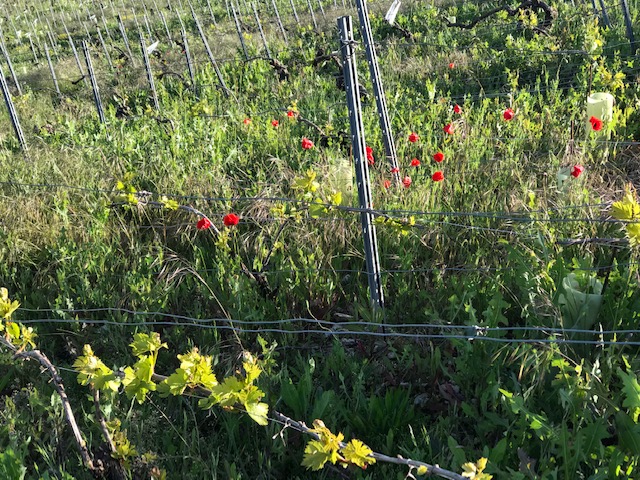
G r o u n d c o v e r i n g
The use of ground covering is increasing in viticulture in order to improve the soil structure (reduction of erosion and runoff), to control weeds, to favour biodiversity (stimulation of microbial life, melliferous plants…). The ground methods observed in the vineyards are diverse.
At Château de Viviers, all plots in production are grassed to slow down the erosion of our hillsides, to preserve the biodiversity of our plots and to fight against drought (species forming a mulch in summer and protecting the freshness of the soil).
Thus, the choice of species sown between the rows of vines is an important criterion. We choose spieces that does not compete with the vines, forming a low cover next to the soil and that can be reseeded from one year to the other.

"I go from water to wine, in quest for exellence, to create and exellent organic Chardonnay wine Domaine"

Arnould Lefébure -Owner and winemaker
Agroforestry
W h a t i s a g r o f o r e s t r y
ICRAF (International Council for Research in Agroforestry) defines agroforestry, both tropical and temperate, as “a dynamic, ecologically based natural resource management system that integrates trees into farms and the rural landscape, thereby diversifying and sustaining production to improve social, economic and environmental conditions for all land users.
In practical terms, agroforestry refers to practices that combine trees with crops and/or animals on the same agricultural plot and is therefore inspired by the forest model. Agroforestry systems are numerous and varied in terms of tree elements (hedges, pre-forests, pre-greenhouses, etc.) and agricultural production (field crops, vines, cattle breeding, poultry farming, etc.) We decided to focus on the combination of trees and vineyards on the same plot of land.

Agroforestry aims to reproduce nature, to ensure the complementarity of crops to optimise the use of both aerial and root resources.
The main advantages observed in agroforestry are the following
- Reduction of erosion
- Production of wood and fruit by optimising space
Increase in biodiversity and auxiliaries - Improvement of biological fertility, chemical fertility and soil structure
- Carbon sequestration
- Control of microclimate
- Protection from wind
- Added value to the landscape, especially in viticulture
Current agroforestry is thus part of a change in agricultural practices (reducing tillage, limiting the use of inputs, etc.).
Ecotourism
C h a b l i s
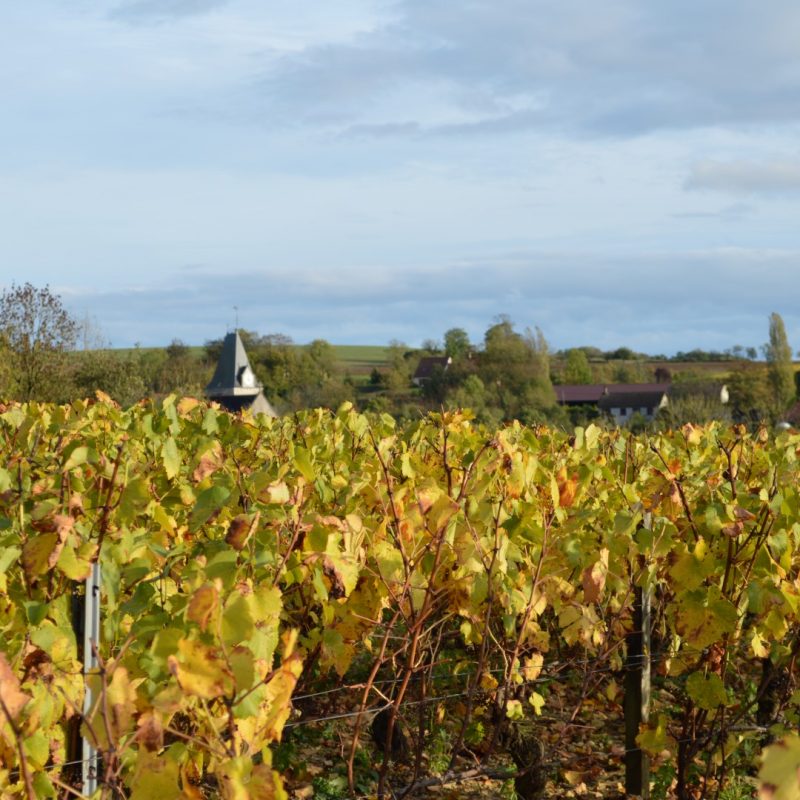
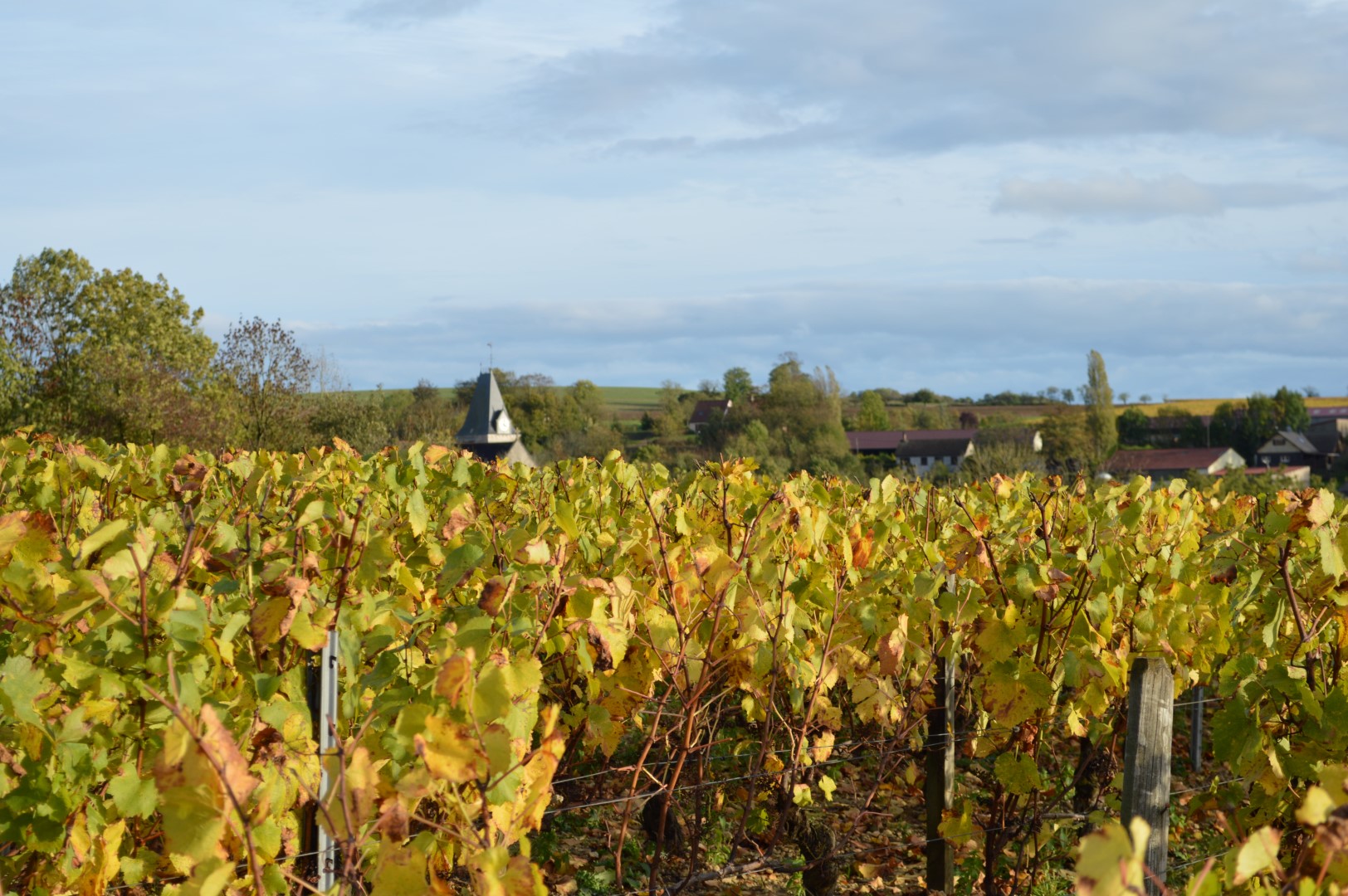

The village of Chablis, a few kilometers away, gave its name to one of the best white wines in France. The wine from Château de Viviers has won several gold and silver medals at Decanter, tastevinage in Clos Vougeot, the Paris, Dijon, Lyon, 70MD contests. The abbey of Pontigny, mother of the Chardonnay in Chablis worths being visited. Many vineyards and cellars can be visited in the region.
The reagion is know for it eco-tourism point of interrest such as Tonnerre (8 km away) with its old 12th century hospital of Marguerite de Bourgogne and the mysterious Fosse Dionne. You can also visit Noyers, the most beautiful village in France where was filmed “La grande vadrouille” as well the Château de Tanlay (20km) and its golf course.
experiences
Become a
"Good Friend of Viviers"
The sponsorship of a vineyard means to support a historical monument, biodiversity, nature and the quest for excellence of Arnould and Isabelle
To date more than 1000 vines have already been sponsored, we are waiting you?

